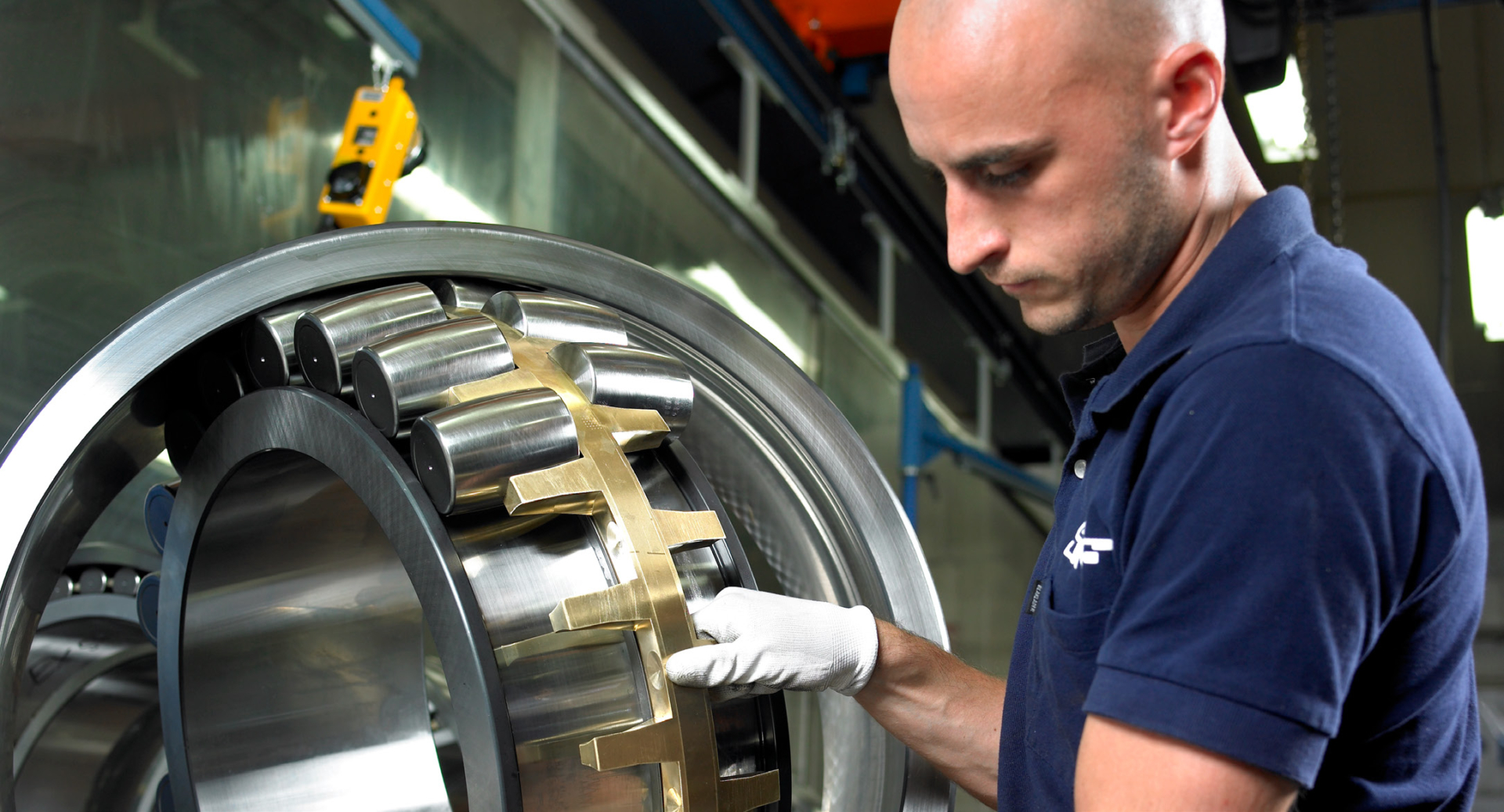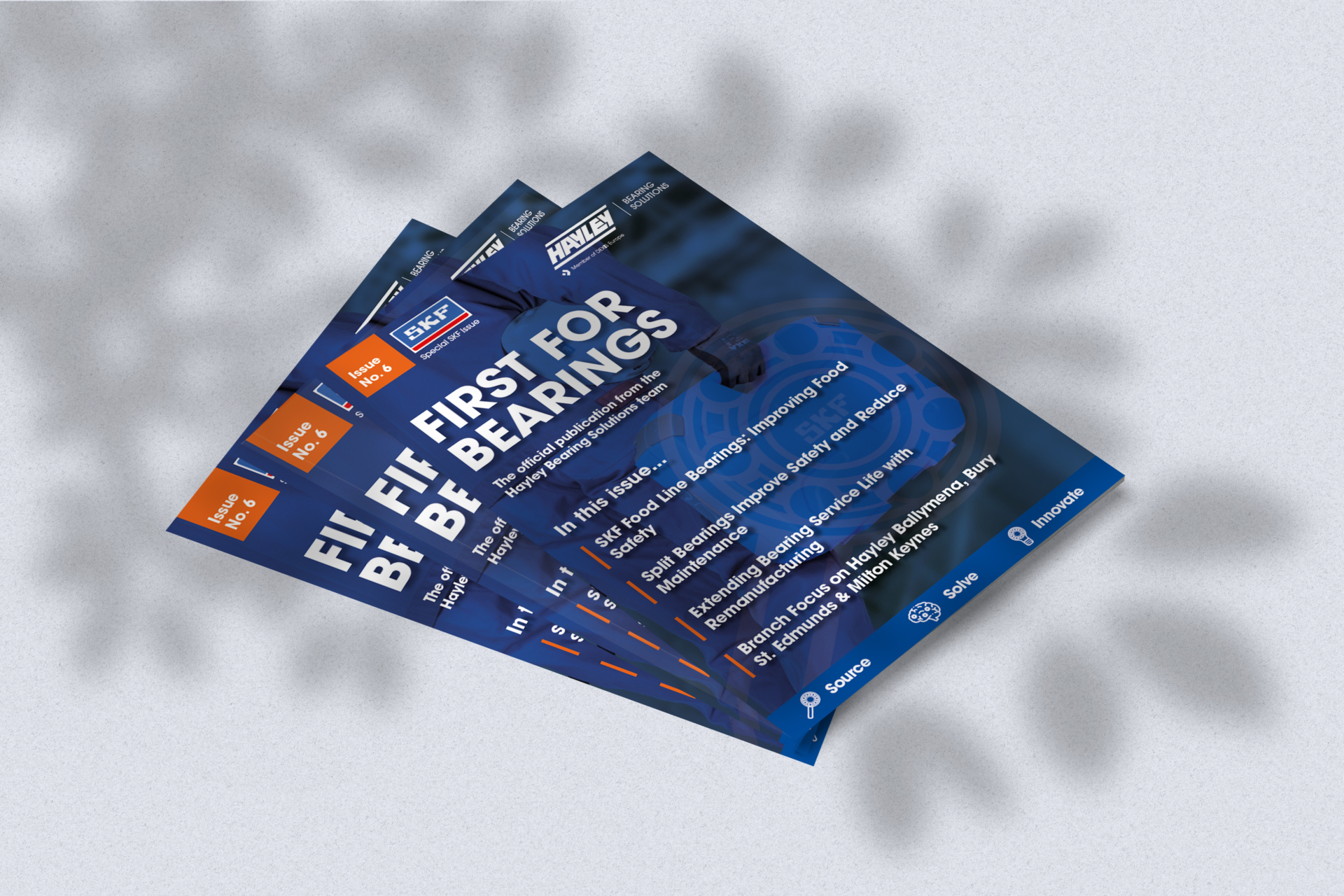John Casey, regional Sales Manager - SKF
Remanufacturing a bearing – rather than replacing it – reduces both cost and environmental impact, writes John Casey, regional sales manager at SKF.
When a bearing fails, it is typically replaced with a new one. While old bearings are recycled more effectively than ever before, there is an even more sustainable approach. Rather than using a new bearing, the existing one can be remanufactured. This can have huge benefits in terms of cost and environmental performance. For a start, it reduces the amount of raw material needed by around 62%. It also creates 70% less waste. This is because making a new bearing from scratch involves more than 100 separate processes. In remanufacturing, this is cut to under ten.
Overall, remanufacturing can be up to 50% cheaper than manufacturing a new bearing. In addition, a remanufactured bearing consumes around 10% of the energy. It can also deliver an 80% reduction in emissions. This sustainability improvement is critical in the modern manufacturing environment.
The other environmental benefit of remanufacturing is that it extends bearing life – which is a key aim for SKF. As long as a bearing is removed early enough – before excess damage has occurred – it can be remanufactured. For example, a bearing in a paper mill – with an expected six-year lifespan – could be removed and remanufactured after five years. This process can be repeated once more, extending the bearing’s life from six years to more than 15. Each time a bearing is remanufactured successfully, it receives an ‘as new’ guarantee from SKF.
When a bearing is removed for remanufacture, it is sent to SKF’s facility in Steyr, Austria. Here, it is assessed and analysed. Depending on its condition, it may require one of four levels of remanufacture.
Some bearings will only need to be polished to return them to factory conditions; others may need machining, cleaning and the addition of new components. Bearing performance can also be enhanced, such as by adding a black oxide layer.
As well as returning the bearing to its original conditions, remanufacturing provides vital process information to the customer. Analysis reveals exactly what conditions the bearing has experienced. For instance, it might show under-lubrication or misalignment. This can help address the problem when the bearing is remounted. Customers have commented that this kind of specific recommendation is “priceless”.
Many – but not all – types of bearings lend themselves to remanufacturing, as long as the damage is not too serious. Examples include: large size bearings; caster bearings; spherical roller bearings; CARB bearings; and slewing bearings. This covers a wide range of applications and industries – including demanding industries such as steel, cement or paper production.
Potential users may think that remanufacturing will be a ‘slower’ option than replacement. However, the process can be relatively fast – especially considering the potential lead times for new bearings. In one case, SKF remanufactured a large bearing for a paper manufacturer inside 10 days. These short lead times can often be kept within normal line shutdowns – meaning there is no loss in productivity.
The process provides both economic and environmental benefits. Some companies are focused on traditional metrics such as machine uptime and profit. For them, the lower repair cost and faster turnaround time of remanufacturing helps return machinery to full production as soon as possible.
For others, the environmental benefit is crucial. Many have published firm commitments – such as reducing carbon emissions – that they must stick to. SKF can provide them with a certificate to prove the exact savings they have made through remanufacturing.
As a rule of thumb, any bearing with more than 30% of its calculated service life remaining is worth remanufacturing. For this reason, the potential cost savings are substantial.
Once remanufacturing has been performed, it is important to prevent a repeat of the original damage. This can be done with condition monitoring, which tracks the ongoing status of components – using techniques such as vibration analysis. This goes hand in hand with advice from SKF and Hayley – such as tips on lubrication, alignment and mounting or dismounting of bearings.
Remanufacturing can also be incorporated into a Rotating Equipment Programme (REP), which looks to maintain machine performance. Here, SKF provides an ongoing contract to maintain components such as bearings – which would include factors such as condition monitoring and remanufacturing.




